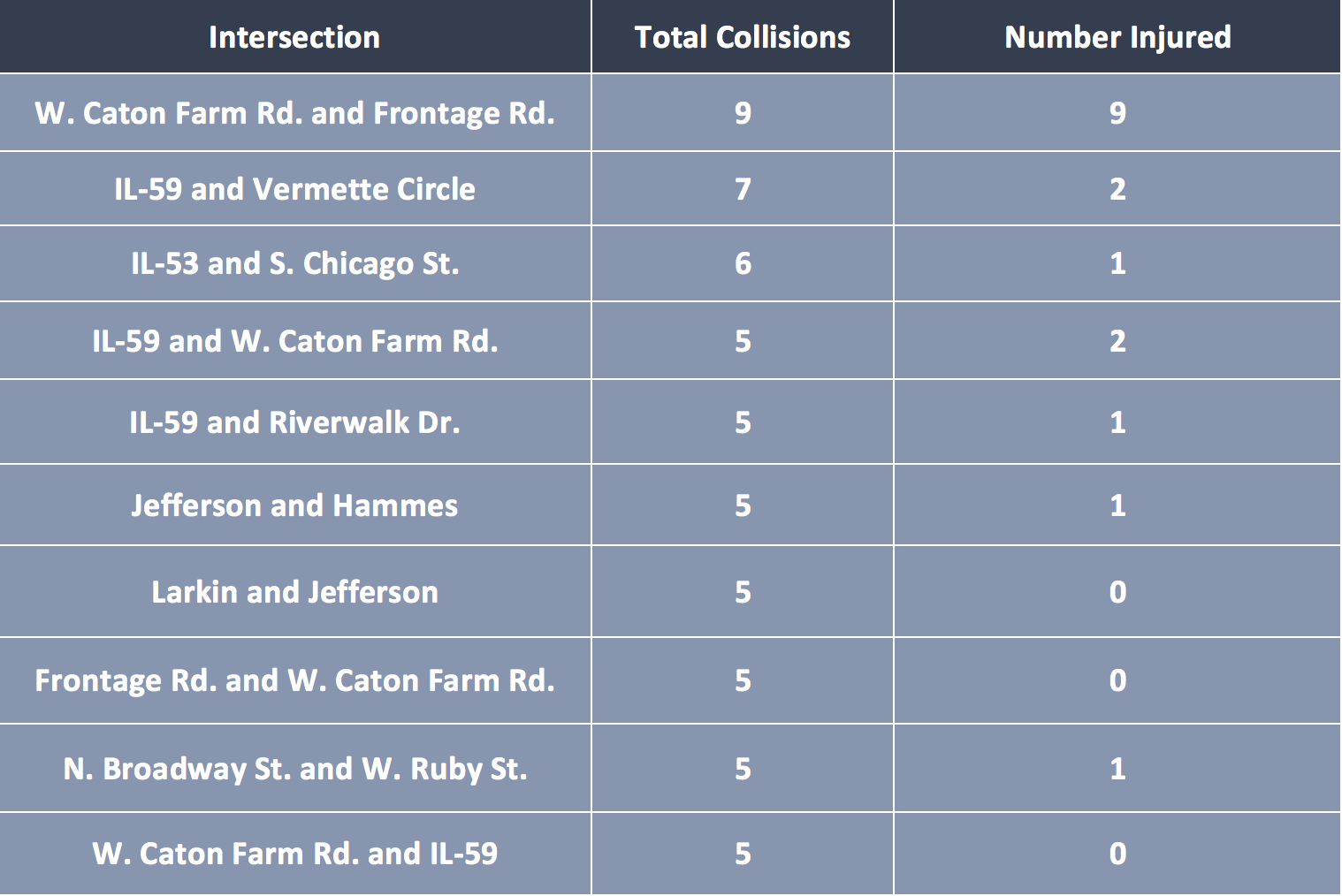A July 1 deadline looms
The Illinois Department of Transportation announced this week that statewide roadwork might come to a halt at the end of June, a consequence of the Illinois budget crisis, now on the verge of entering its third consecutive year. As a result, the state won’t be able to pay contractors by a July 1 deadline.
Chicagoist reports that the IDOT has informed construction crews that all roadwork must stop by June 30, pending a stopgap measure or a budget resolution. A stopgap measure was used last summer to prevent a similar situation from escalating.
This all comes as Governor Bruce Rauner calls for a special session of the state legislature beginning next week to hammer out a budget, a prospect that seems unlikely given the staunch refusal of both Republicans and Democrats to relinquish ground on several fronts.
Credit rating agencies have indicated that the state’s failure to compromise will lead to yet another downgrade; Power Ball and Mega Millions have threatened to drop Illinois from its roster of participating states. But the issue we’re most concerned about is safety. More people are expected to road trip this summer with gas prices remaining low. On top of that, we’re in the midst of the most deadly and dangerous travel seasons of the year, as newly licensed teenagers, take advantage of the opportunity to hit the road during the hot summer months.
In other words, the delay of construction or any other matter pertaining to the safety of highways and interstates could lead to even higher traffic casualty rates than expected. Few things are more to state government than protecting its citizens. Let’s see if the state can put the partisan politics aside and do just that.








